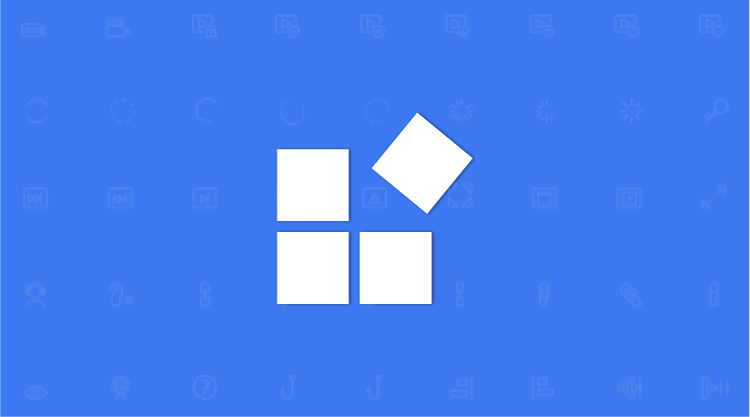2012 marked a major milestone for design trends across applications and the web. With the release of Windows 8 and Microsoft’s Metro UI, flat design had arrived in style. Already a growing trend, the release of Windows 8 cemented flat design as here to stay, instead of a trend.
This resulted in a need for developers to adhere to a new standard, so we released Metro Studio 1 to make the transition easy. Metro Studio 1 was a collection of over 600 flat icons that were free to use in any applications or web projects. This release was successful and has led to many releases since, the most recent of which is Metro Studio 5.
The shift to flat design was a major move in thinking from things past. Before this, skeuomorphic design ruled the land. Based in realism and heavy on texture, skeuomorphism was the standard for years. It had one problem: it looked realistic, but wasn’t easy to use. Flat design was an immediate improvement on usability. The focus shifted to how things work and not how they look.
With the rise of responsive design in the same period, flat design was further cemented. Flat design has since ruled the Internet. Metro Studio 5 is a major milestone because it introduces icon fonts into the collection. This means anyone designing for the web can export a collection of icons as a font pack and add vector icons to their webpages. The CSS and HTML are already included, which makes it a snap.
Metro Studio started as a tool for Windows Phone developers to customize and export flat icons, but has grown tremendously since its release. It’s now used by thousands of iOS, Android, web, and desktop developers all over the world. If you’d like to try out Metro Studio yourself, over 7,000 icons are ready for you to use right now. For those who are already familiar with Metro Studio, how have they helped you modernize your visual design? Let us know in the comments below or on Twitter or Facebook.
